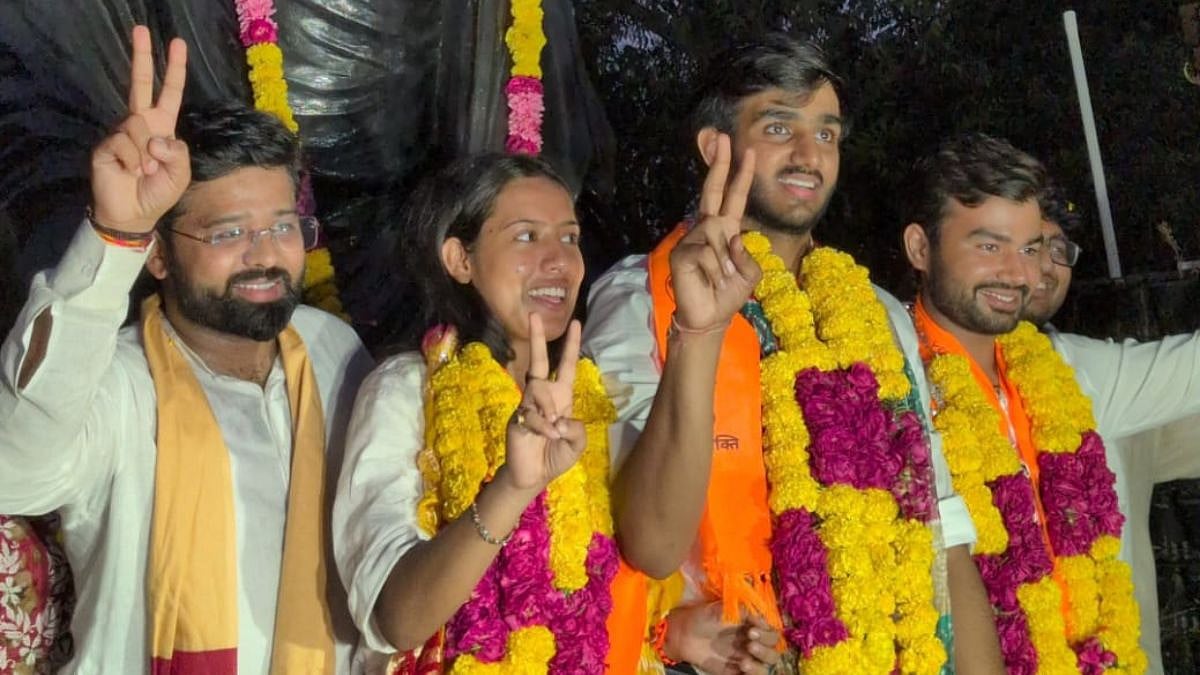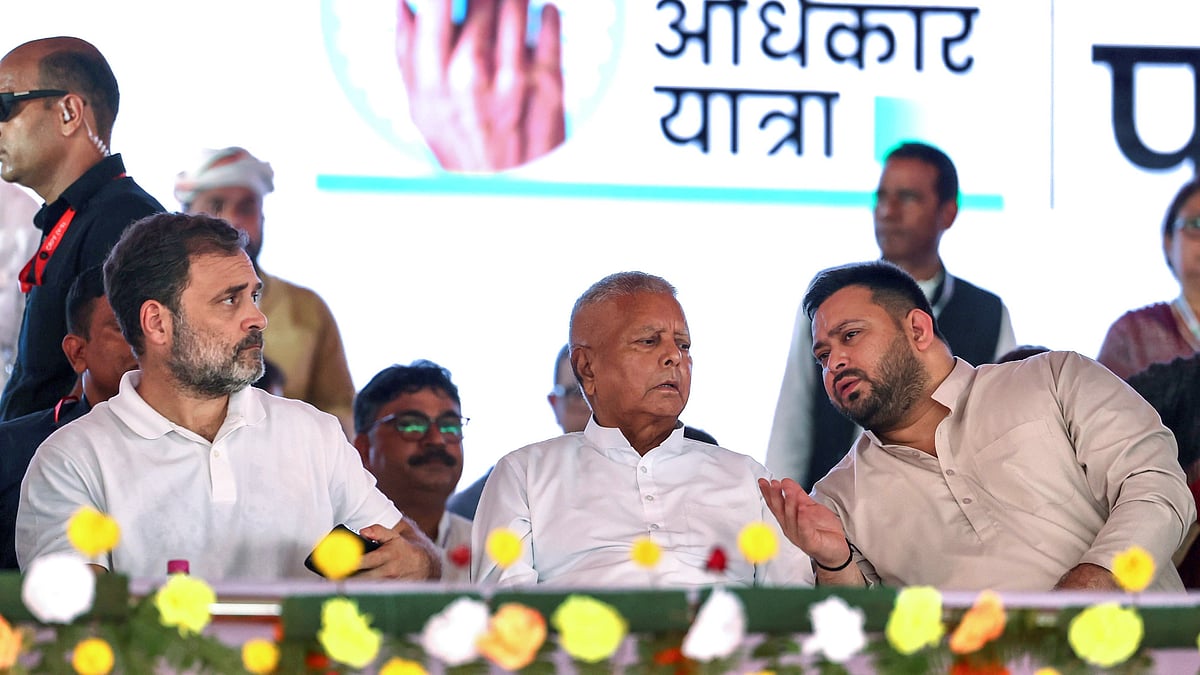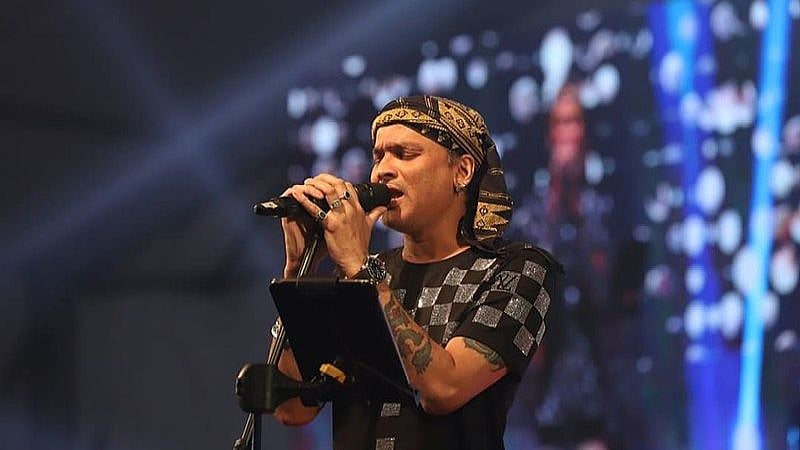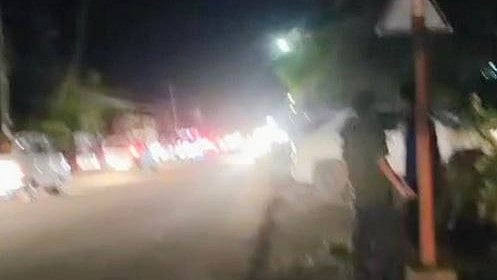Lucknow: The Yogi Adityanath-led Uttar Pradesh government has unveiled a comprehensive plan to finance large-scale religious fairs, announcing full state support for melas that attract more than five lakh devotees. The decision, aimed at formalizing and streamlining the organization of these massive events, is detailed in a new Standard Operating Procedure (SOP) issued by the Urban Development Department.
Under the new guidelines, the state will cover the entire cost of organizing religious melas—whether in urban centers or rural areas—provided the minimum footfall criterion is met. The government’s financial assistance will include infrastructure development, crowd management, sanitation, lighting, and other logistical support. The move is expected to enhance safety and improve the overall experience for devotees attending these high-density gatherings.
Each eligible mela will be overseen by a district-level committee chaired by the District Magistrate. The committee will include an SDM-level officer as coordinator, the Municipal Commissioner as member secretary, and four other nominated members. This panel will not only supervise planning and execution but also recommend if a fair should be designated as a “Provincial Mela”—a status granted to events with religious, mythological, or historical significance. While such recognition enhances administrative backing, the threshold of five lakh attendees remains the qualifying criterion.
The SOP mandates that mela committees convene at least twice a year to discuss detailed proposals. In the event of a disagreement—such as over imposing tolls or entry charges—the District Magistrate will be guided by the majority opinion of the committee. If consensus cannot be reached, the matter will be referred to the Divisional Commissioner for a final decision.

To determine financial assistance, the government has introduced a tiered funding structure based on the number of attendees. Events drawing between five to ten lakh visitors will receive funding between Rs 25 lakh and Rs 50 lakh. Fairs with footfall ranging from ten to twenty lakh will get Rs 50 lakh to Rs 75 lakh. For melas hosting between twenty to forty lakh visitors, support will range from Rs 75 lakh to Rs 1 crore. Those with forty to sixty lakh participants will be allocated Rs 1 crore to Rs 1.25 crore. The largest gatherings, with over sixty lakh attendees, will receive between Rs 1.25 crore and Rs 1.5 crore.
Funding for these melas will come from multiple sources, including Corporate Social Responsibility (CSR) contributions, revenue generated by urban local bodies during the event, and financial support from various departments such as Public Works, Irrigation, Panchayati Raj, and the Police. If the available funds fall short, district officials may seek additional assistance from the Urban Development Department.
The SOP also outlines specific services to be provided at these melas: temporary shelters for devotees, clean drinking water, watchtowers, barricading, sound systems, lighting, decorations, mobile toilets, and even boats with divers for fairs held near water bodies. Temporary roads will also be laid to ensure smooth access.
Experts believe the initiative goes beyond religious and cultural preservation—it also addresses economic revitalization. Mukesh Singh, Executive Council Member and Chairman of the UP Coordination Committee of the Indo-American Chamber of Commerce, noted that religious melas serve as “massive economic engines” that create thousands of temporary jobs and stimulate local businesses, especially in semi-urban and rural areas.

Echoing this sentiment, Nomita P. Kumar from the Giri Institute of Development Studies said that melas are vital economic lifelines for local communities, benefiting everyone from small vendors and artisans to transport operators and tent contractors. Public funding, she added, not only strengthens grassroots economies but also helps preserve cultural heritage.
By laying down a clear administrative and financial roadmap, the Uttar Pradesh government has taken a decisive step towards transforming the conduct of religious fairs, ensuring that they are not only spiritually meaningful but also safe, organized, and economically impactful.









